Posters Portend the Mortal Hazards of Modernity
MIAMI BEACH — For every skyscraper, zeppelin, airplane, or even lightbulb that demonstrated the progress of technology from the late-19th to mid-20th century, there were countless human bodies mangled, maimed, and electrified along the way.

MIAMI BEACH — For every skyscraper, zeppelin, airplane, or even lightbulb that demonstrated the progress of technology from the late-19th to mid-20th century, there were countless human bodies mangled, maimed, and electrified along the way. Margin of Error, currently at the Wolfsonian-Florida International University in Miami Beach, is an exhibition of around 200 objects demonstrating the cultural response to this fine line between development and disaster.
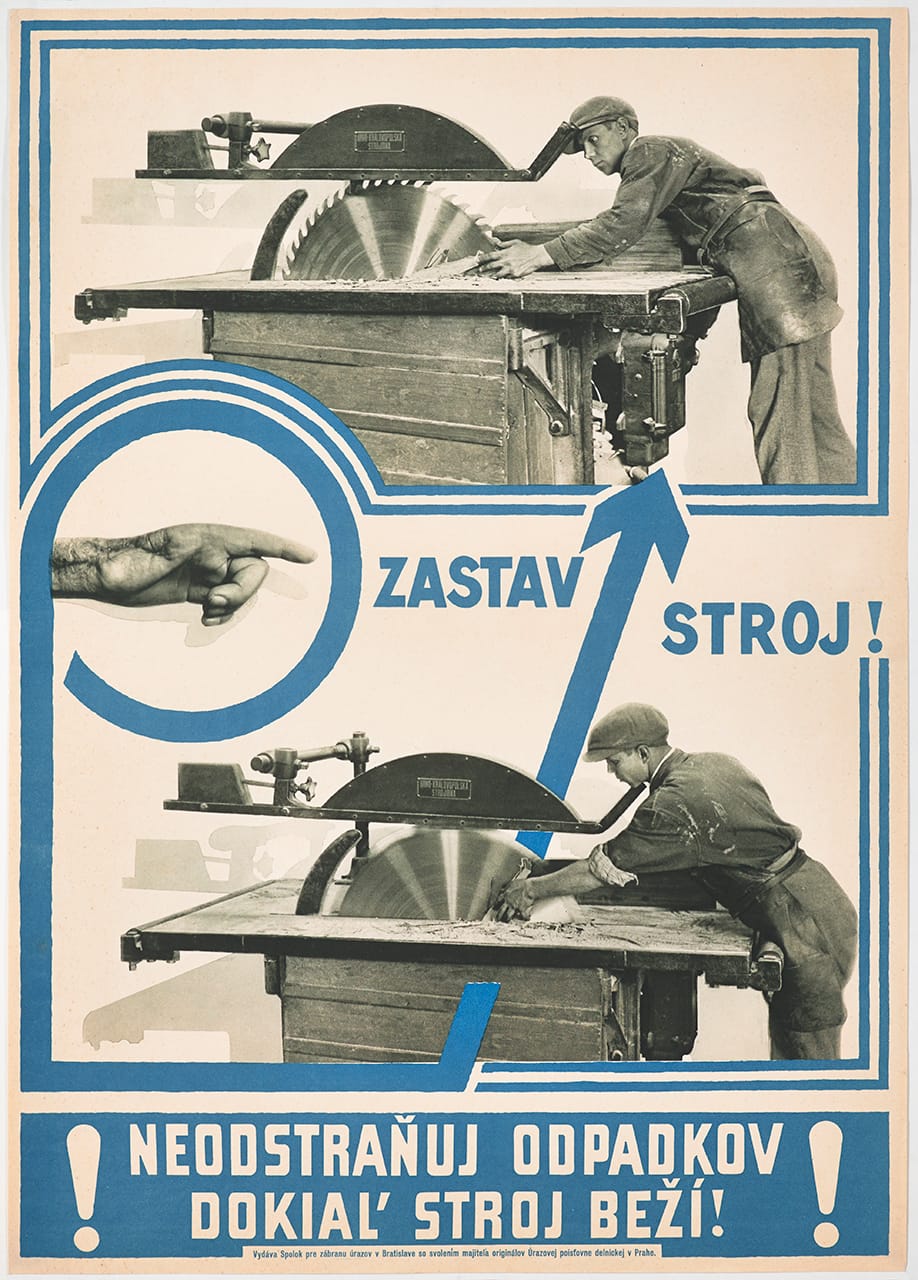
Curated by Matthew Abess, the exhibition features models, paintings, sculptures, photographs, and music (including Blind Willie Johnson’s 1929 blues ballad for the Titanic). It’s the posters that are the visual standouts. Most are from the Wolfsonian’s collections, and assembled together under this theme of danger in industrial modernity they show the vivid aesthetics that were impacting all areas of art. There are Bauhaus-influenced graphics warning of factory hazards with block colors and cutouts, Art Deco personifications of electricity, and muted WPA illustrations calling attention to the new perils of the highways.
Margin of Error isn’t all about catastrophe, although those certainly are the most captivating moments, like an Edward Gorey-worthy series of 1938 work safety postcards from Italy’s National Board of Propaganda for the Prevention of Accidents that feature rhyming couplets. “Capelli sciolti, pericoli molti [Loose Hair, Much Danger]” one warns as a woman’s hair is wound in a machine and everyone throws their arms up in despair.
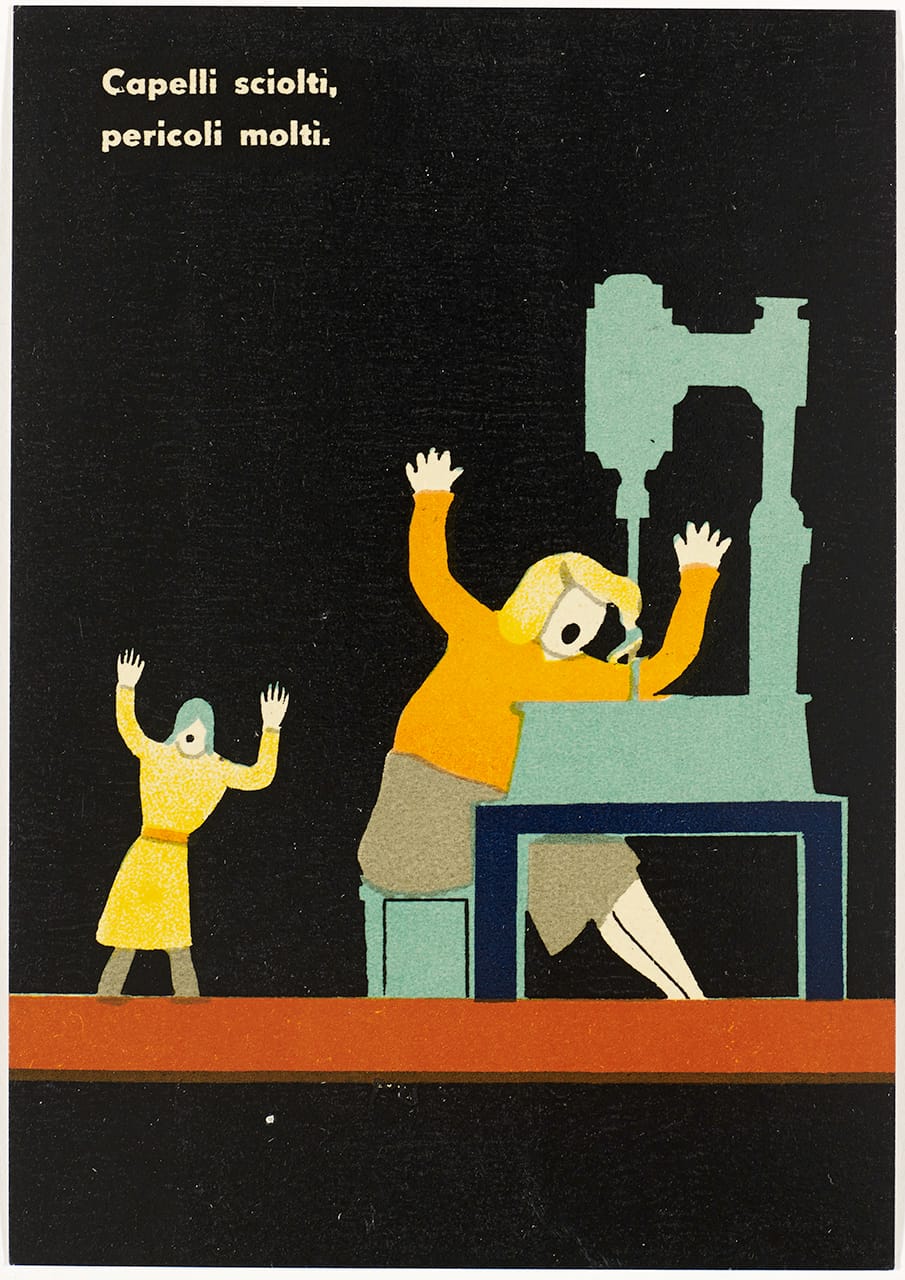

Alongside the stark cautionary portraits are almost spiritual depictions of new technology, like Man Ray’s ethereal “Électricité” (1931), which transforms the illumination of a lightbulb into a galaxy, or Daan Hoeksema’s poster for the 1907 Exhibition of Electricity in the Home and Handwork in Arnhem, Netherlands, in which a new incandescent lamp is proudly replacing the bell of a church. Yet there are just as many works using sacred imagery to depict the human toll of the machine age.
Alberto Helios Gagliardo’s “La pietá umana [Human Pity]” (1946) has one worker holding the corpse of another, inspired by an accident at the Port of Genoa. It’s one of a few pieces referencing Michelangelo’s “Pietá” — a sculpture of Mary holding Jesus following his crucifixion — with the laborers being sacrificed for the world’s new wonders. The invisible currents of electricity, and the strength of steel, were victories for the march of progress, and woe to those who fell beneath their divine power.
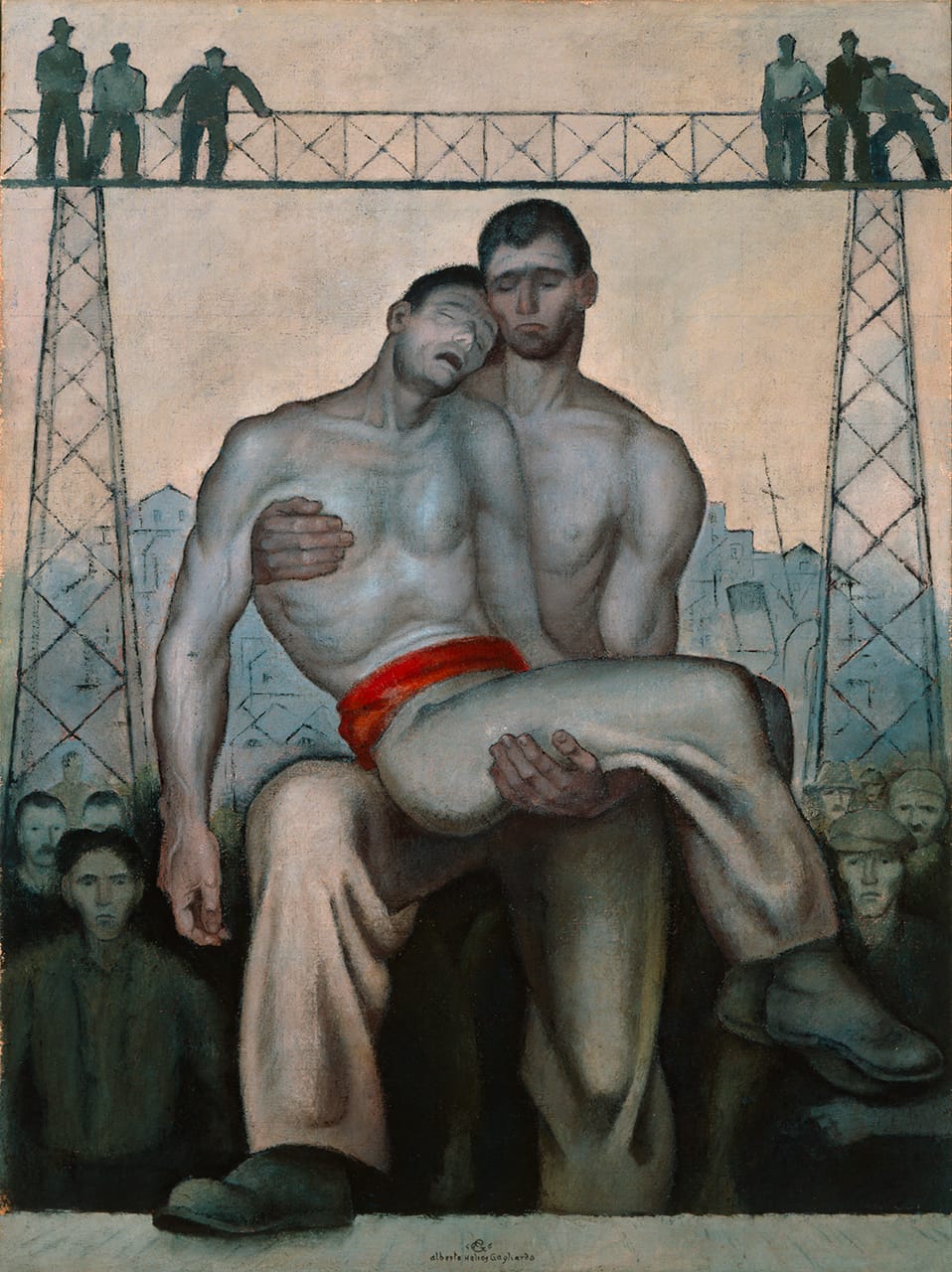
Curiously, the exhibition doesn’t directly delve into either World War I or World War II, where technology manifested itself in new ballistics, automatic weapons, razor wire, tanks, and other inventions that gave the first half of the 20th century an unprecedented brutality. Posters from fascist governments — and subtle visuals like a poster imagining a swastika-adorned Hindenberg docking at the Empire State Building — instead hint at the military engagements that would both harness and propel the mechanical arts in empowering and devastating ways. As an Austrian poster from 1929 by Joseph Binder of a man jolted by electricity as he touches a lightbulb warns: “Be Careful or Else.”
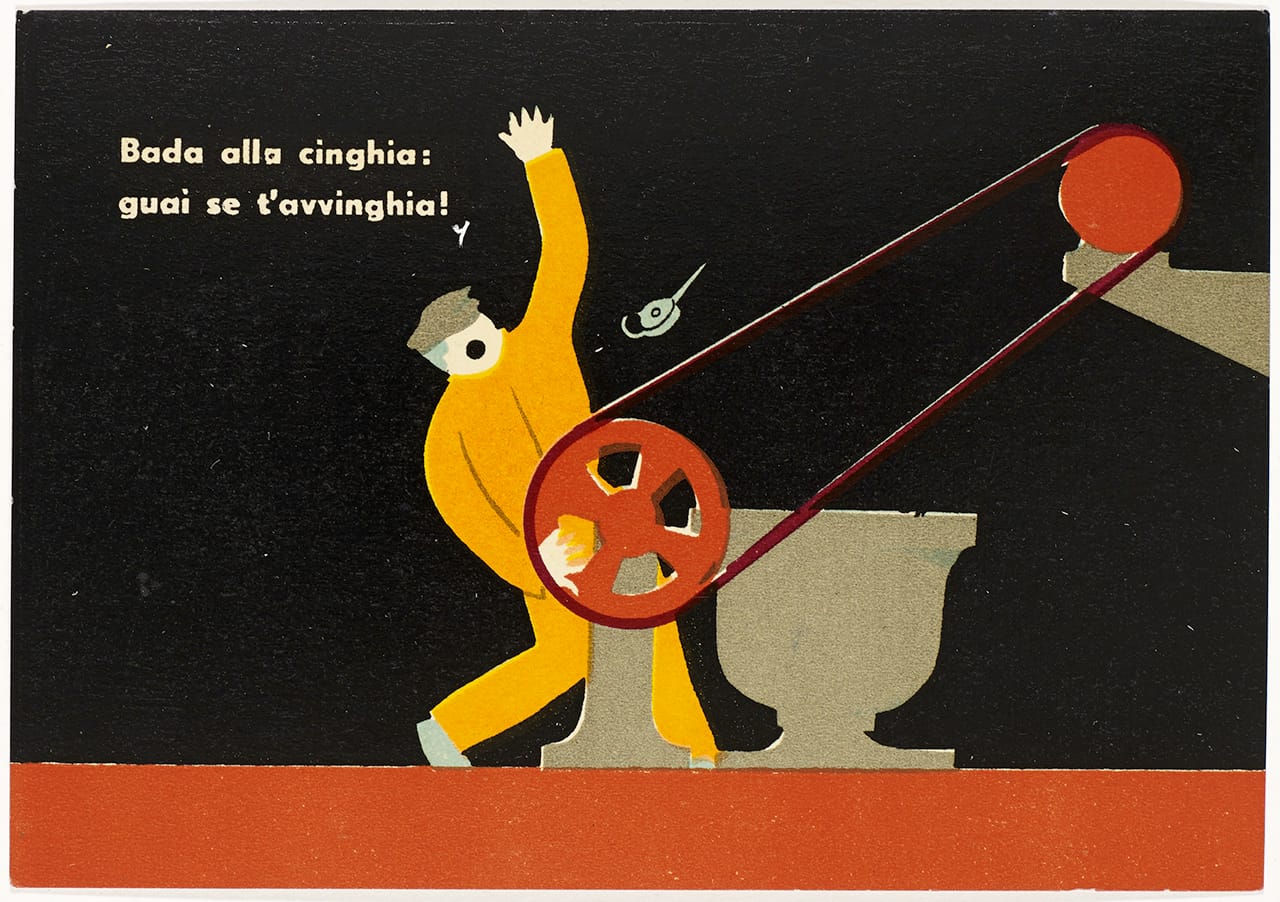

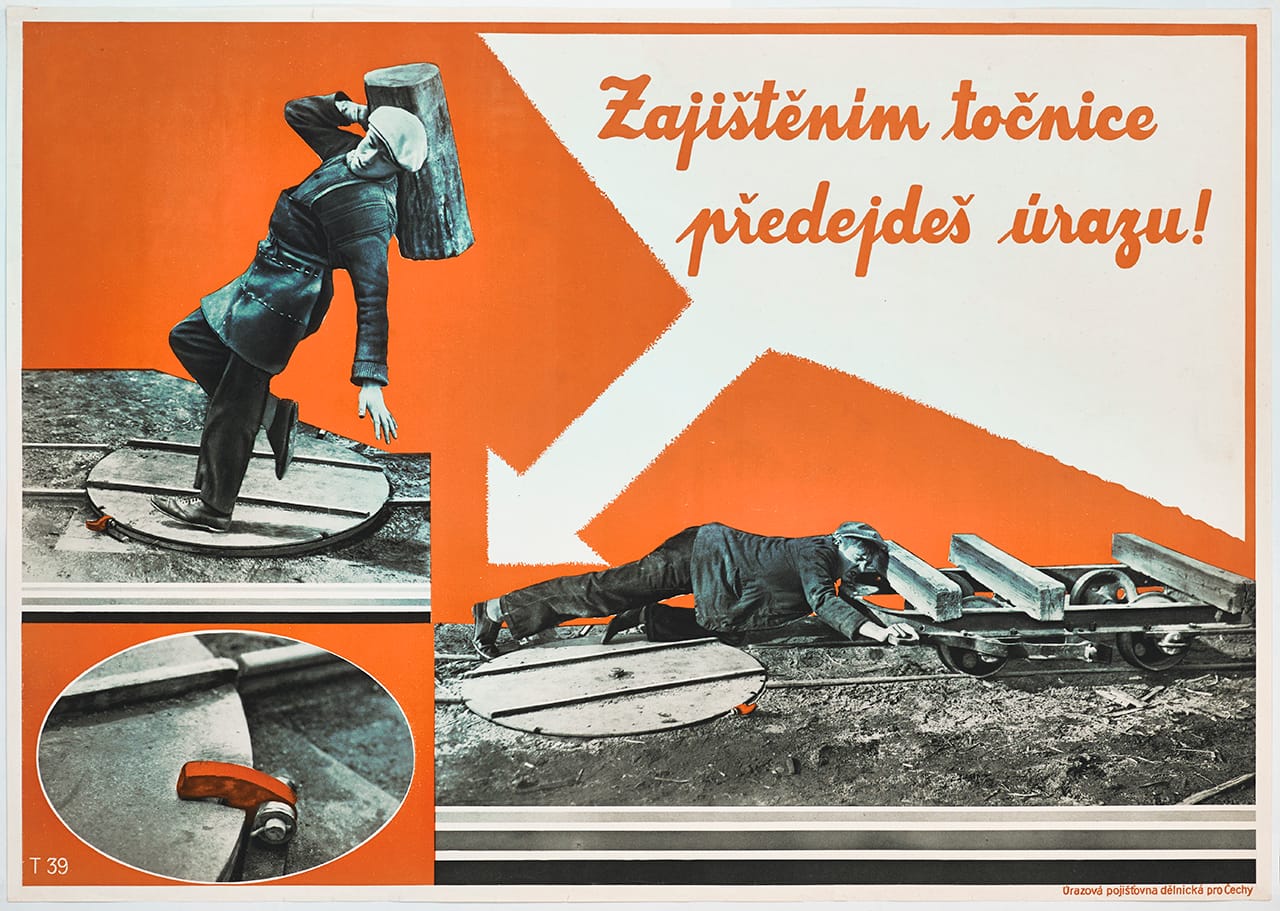
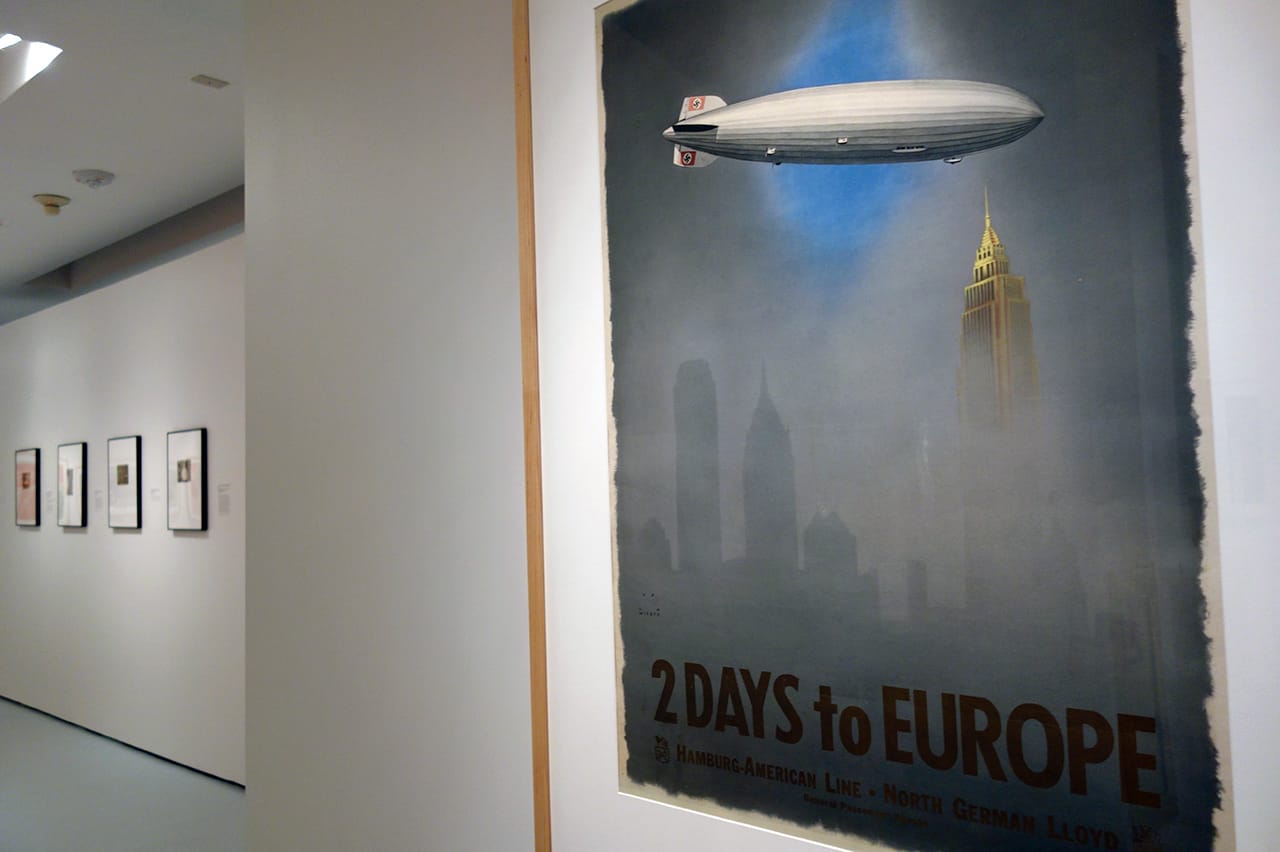
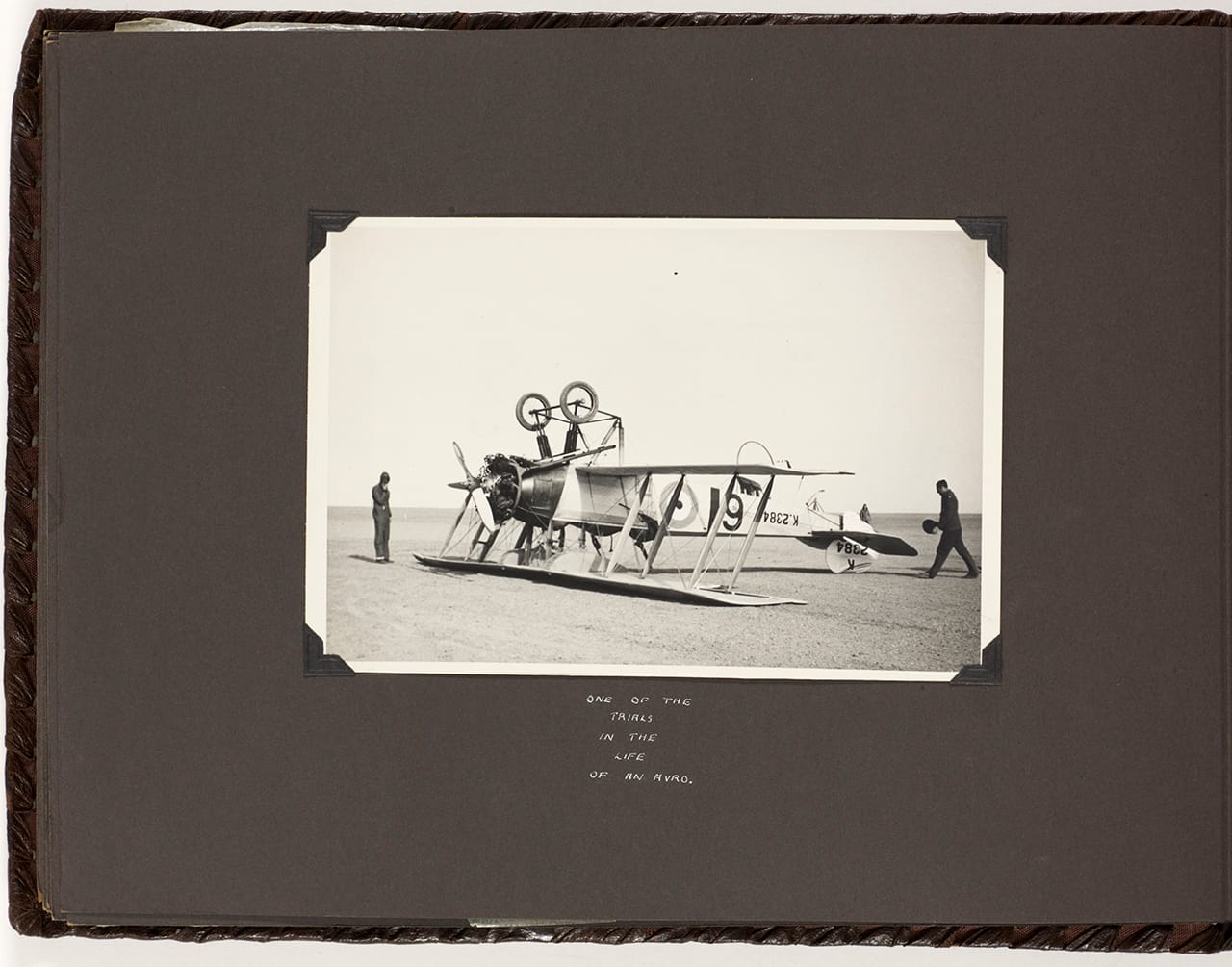



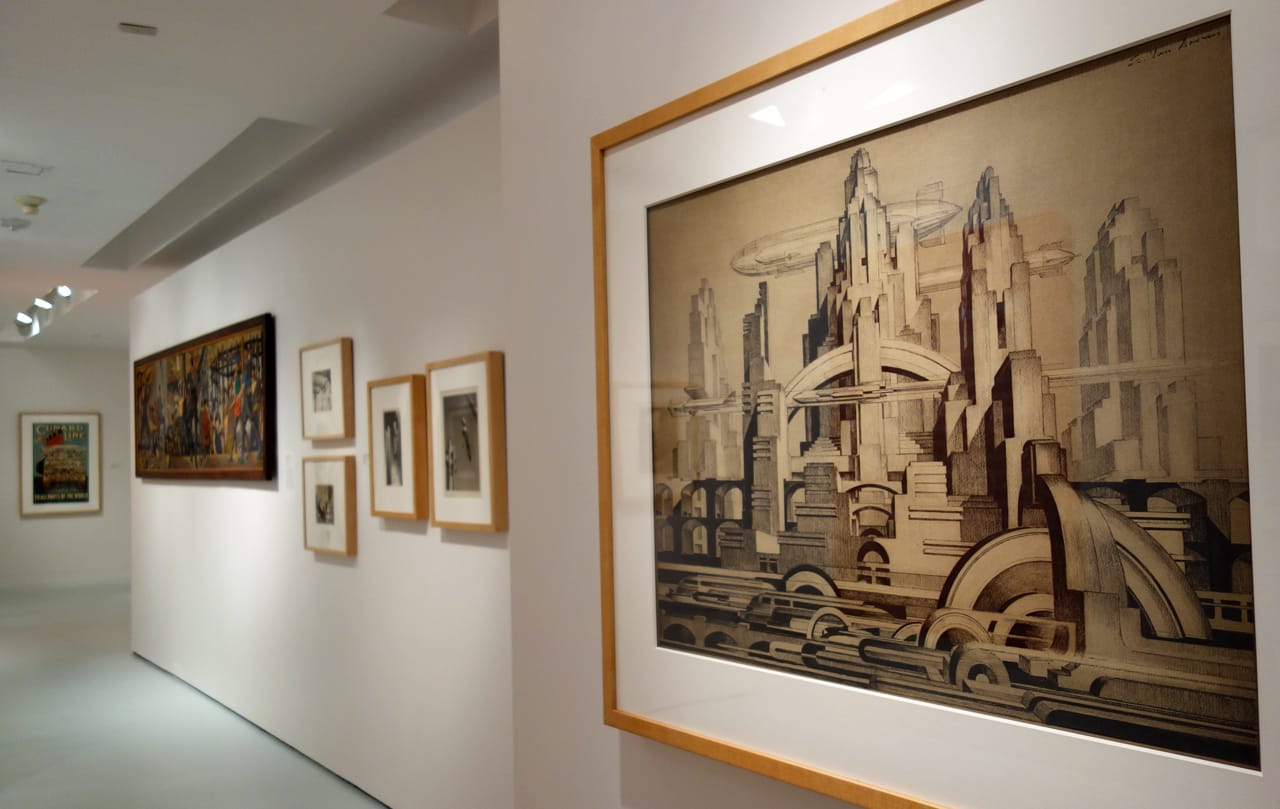
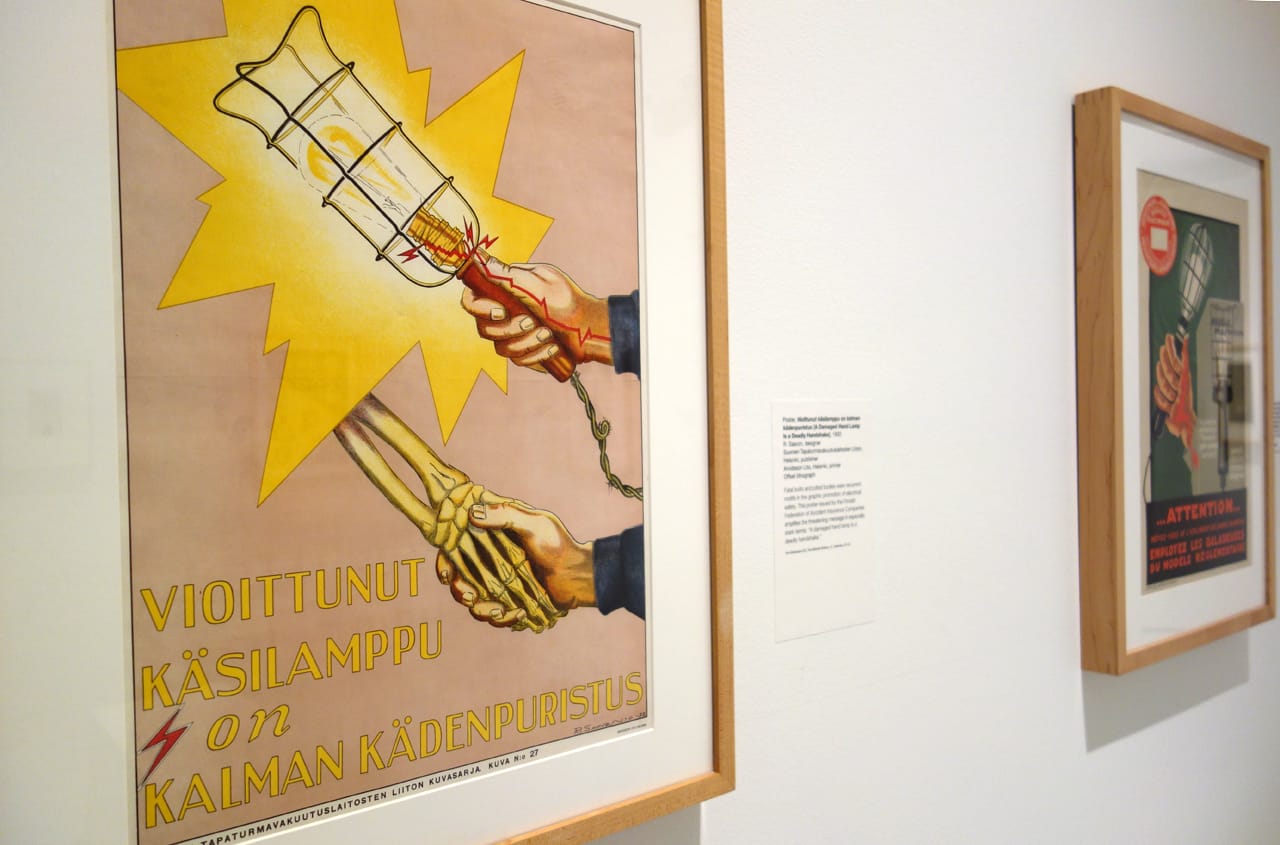
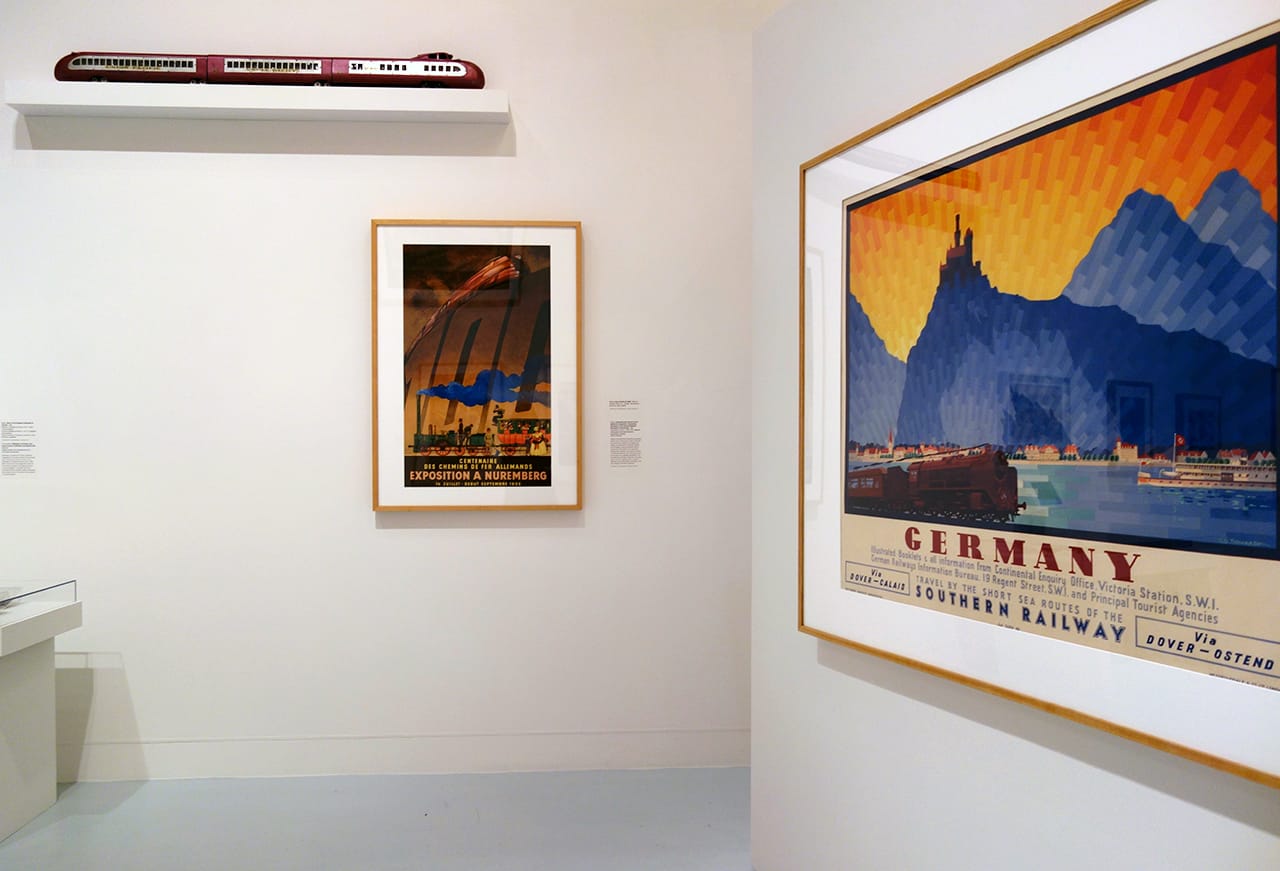
Margin of Error continues at the Wolfsonian-Florida International University (1001 Washington Avenue, Miami Beach, Florida) through May 8.





